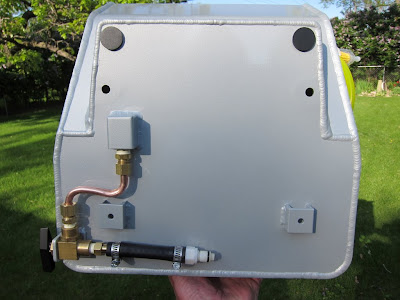dcarver
Well-known member
My aluminum aux tank has a loose baffle plate, it broke the tack weld and rattles around. No way can a welding head access the interior location, so I'm thinking about using some form of epoxy. A quick web search yields all kinds of choices-
https://www.aircraftspruce.com/catalog/appages/prosealant.php
https://www.caswellplating.com/aids/epoxygas.htm
https://www.highsidechem.com/redepxy.html
This stuff looks really good but I don't need 3 gallons and it's expensive at $544... https://www.aircraftspruce.com/catalog/appages/jeffcotank.php
of course JB Weld is in the hunt too - didn't know they made a waterproof epoxy https://jbweld.net/products/water.php
A phone call to JB Weld - they say use the 'standard' JB Weld https://jbweld.net/products/jbweld.php
A question to the peeps - has anyone used any of these or something else? Good results?
TIA -
d
https://www.aircraftspruce.com/catalog/appages/prosealant.php
https://www.caswellplating.com/aids/epoxygas.htm
https://www.highsidechem.com/redepxy.html
This stuff looks really good but I don't need 3 gallons and it's expensive at $544... https://www.aircraftspruce.com/catalog/appages/jeffcotank.php
of course JB Weld is in the hunt too - didn't know they made a waterproof epoxy https://jbweld.net/products/water.php
A phone call to JB Weld - they say use the 'standard' JB Weld https://jbweld.net/products/jbweld.php
A question to the peeps - has anyone used any of these or something else? Good results?
TIA -
d







